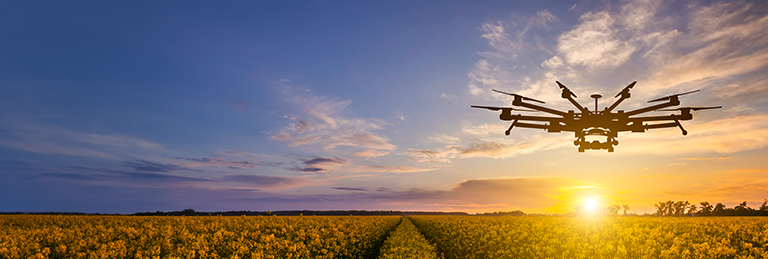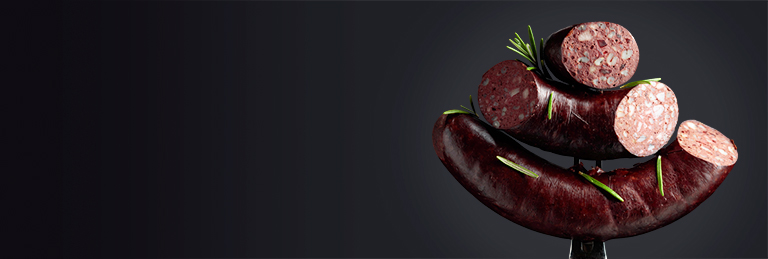Female brown trout produce many hundreds of apparently identical eggs each time they spawn. A new paper published today (Wednesday November 28) in the journal Proceedings of the Royal Society B by a team from the University’s Institute of Biodiversity, Animal Health and Comparative Medicine shows there are subtle differences between her offspring depending on where each egg rested in the ovaries.
Eggs from the rear of the female’s ovaries developed into young trout, known as fry, that were larger but had lower metabolic rates for their size than eggs from the front. These differences were bigger in more dominant mothers.
Position of the egg in the ovary also influenced the later behaviour of the fry, with the fish being initially more aggressive in fighting for territories if they came from the back of the ovary, although as they got older fry from the front of the ovary were most dominant.
Dr Tim Burton, who led the research, said: “These effects were really surprising. To the naked eye, fish eggs tend to look the same but it appears that there is much more going on to determine several important characteristics in trout than we have previously been aware of.
“While we don’t yet know the cause of these effects, it’s possible that they are due to variation in the blood supply to different parts of the ovary. We know that females deposit hormones as well as nutrients into their eggs, so it may be the case that small differences in the balance of hormones reaching the front and back of the ovary are sufficient to generate these effects.
“The effects may be beneficial from an evolutionary perspective, since an increase in the diversity in the offspring means that the female is not putting all her eggs into one basket, so to speak, which improves the chances of her fry reaching breeding age.”
The research was undertaken in collaboration with the ARC Centre of Excellence for Coral Reef Studies at James Cook University in Australia and Marine Scotland Science’s Freshwater Laboratory in Pitlochry. It was funded by the Natural Environment Research Council.
Dr Burton’s paper, titled ‘Within-clutch differences in the phenotypes of juvenile fish depend on their location within the egg mass and maternal dominance rank’, is published in Proceedings of the Royal Society B.







